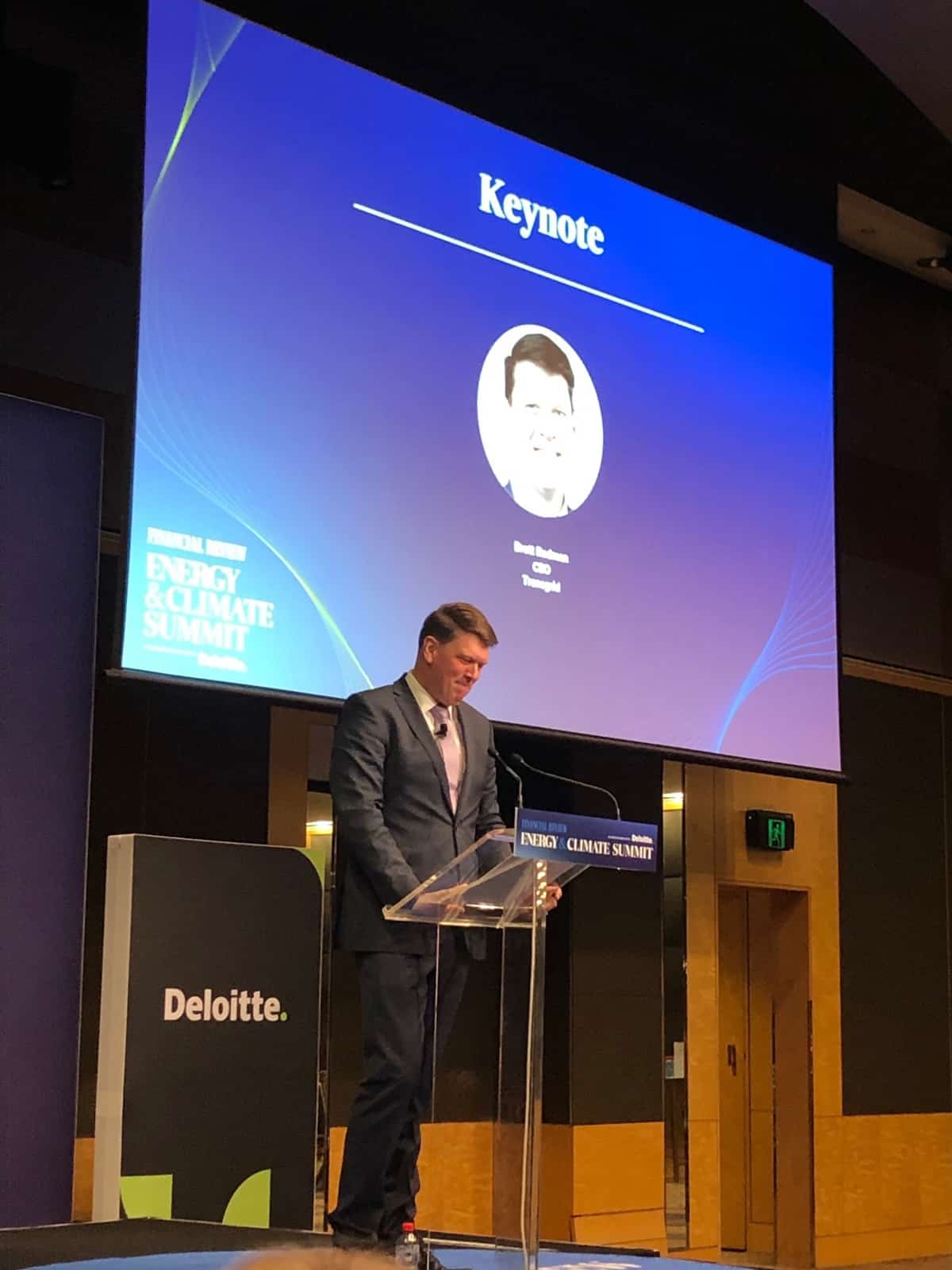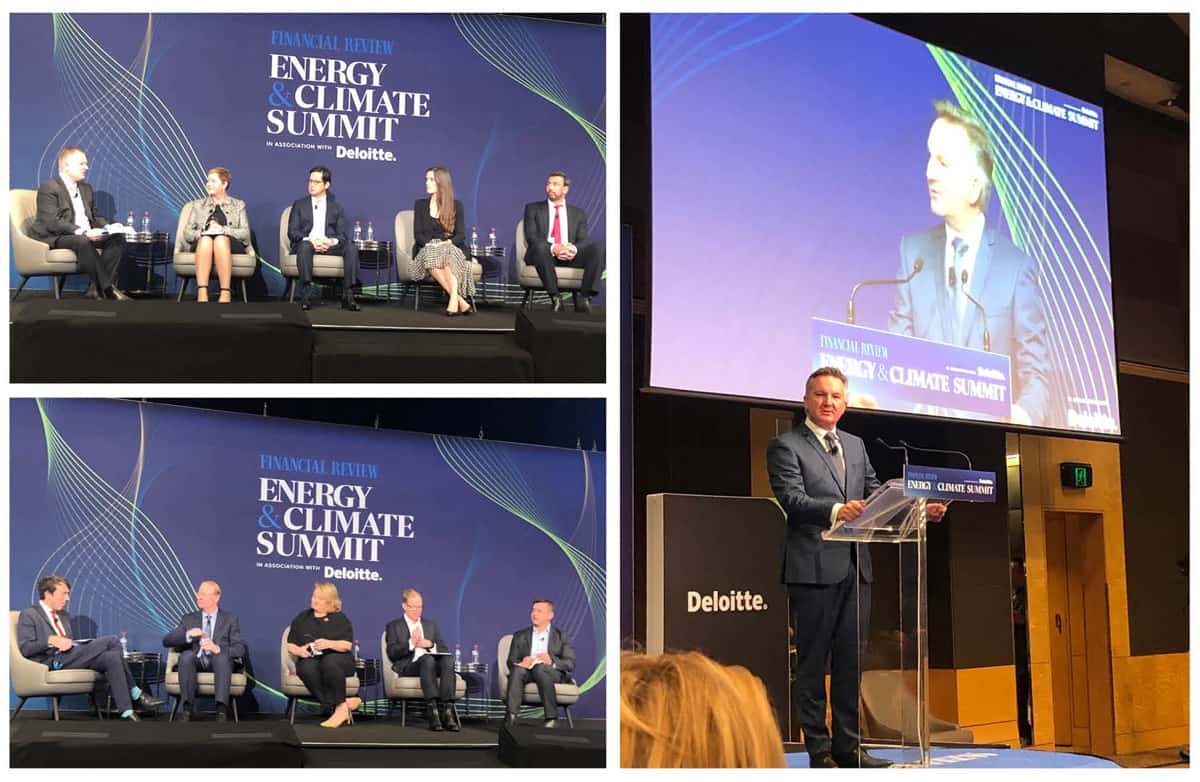
Tina Kazmer
You rarely come away from two days at a conference and say to yourself, “Wow, that was worth my time.” However, that happened to me recently when I attended The Australian Financial Review Energy and Climate Summit in Sydney. It offered a fabulously diverse array of speakers that ran the gamut of topics. Everyone from the optimists to the pessimists and a few realists were thrown in for good measure. The topics covered all the key elements impacting our market today and tomorrow.
The key messages that stood out for me were:
- The energy transition is now and we need to get our skates on yesterday. Whilst the ISP offers a roadmap, it may be too slow.
- Collaboration is key to ensuring everyone is on the journey and it occurs as effectively and quickly as possible. This includes global partners too.
- Energy education in our communities is important, and we should work together to promote and demystify the energy market so people understand the options for their energy and are on the journey together with us.
- The transition will be expensive; however the cost of inaction is far greater, so we need to act now.
- Being able to standardize elements of the renewables would be helpful, however, there are barriers to this, including regulations, connections and how the process works, products and their supply chains, etc.

Brett Redman, CEO Transgrid
- The governments of Australia (State and Federal) are more aligned on climate change and the energy transition than they have been in a long while, and everyone agreed this is a good thing, as it means the transition will happen sooner. Now they just need to decide on the path to take.
- The capacity mechanism, the safeguard mechanism and a price on carbon were widely discussed, being offered as a solution to some of the issues facing the industry in the face of uncertainty however, no agreement will be reached on these without robust conversations.
- Social license was another hot topic, and rightly so. Very few investors will back new energy projects that do not have this social license, so any organization looking at building, developing, operating or transporting energy will require this as a fundamental necessity.
- Hydrogen and nuclear were touched on by some of the presenters as real options, though it does seem that there are some barriers to either being realized in Australia any time soon – and most of the speaker cohort agreed that ALL options need to be on the table, to ensure no option is left unexplored in the race, yes I think the consensus now is that we are really in a race, to get the transition done.
- “Electrification is the answer” was a catchphrase heard across the two days from many different parties. They provided good evidence to support their view and a strong, passionate case.
- There were many amazing new technologies highlighted, including some which reinvigorate our own Australian manufacturing industry: such as locally made solar panels or solar cells which can concentrate sunlight to drive more efficient energy sources; or ways to reduce one of the most emission-intensive industries, cattle, through methane reducing feedstocks. We have a great deal of innovation in this area right here at home in Australia!
- Ensuring consumers aren’t forgotten in the discussion was also a topic of debate, as it is often the demand side that gets left behind in the discussion. Many opportunities exist to help the transition from that end of the spectrum.
- The skills shortage and the resources to move the transition faster will be a challenge, and this needs to be addressed ASAP.
This is a very exciting time to be a part of the energy transition, and I am delighted to be a small cog in that wheel in my role with PSC. To finish, I wanted to share a quote that really sums up what is most important in this race towards the energy future and that came from Daniel Westermann of AEMO “People matter most in our energy transition.”

